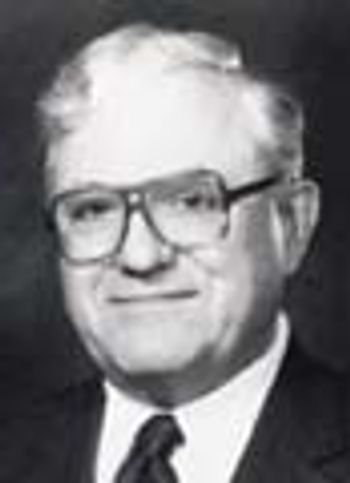
Pharmaceutical Executive
Although the extremely close race for the White House and for control of Congress in November signaled a lack of consensus on national health policy, voters have made it clear they are unhappy about the high cost of medical products. That was one of the few issues to emerge from the political haze, and it promises to shape the debate on numerous health and medical topics. The deadline for reauthorizing the FDA user fee program in 2002 also provides a timeframe for developing new programs and policies affecting a number of critical pharma issues.



